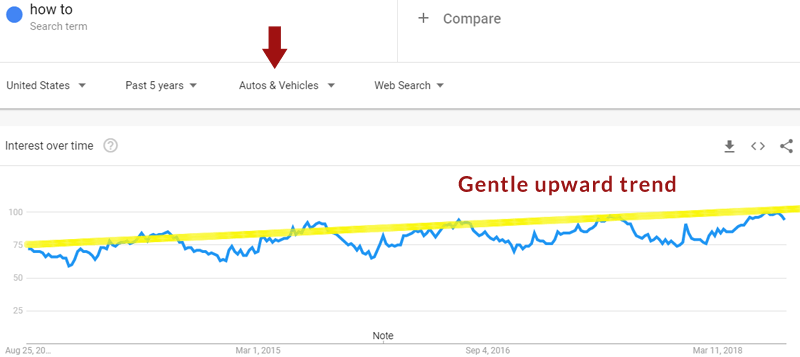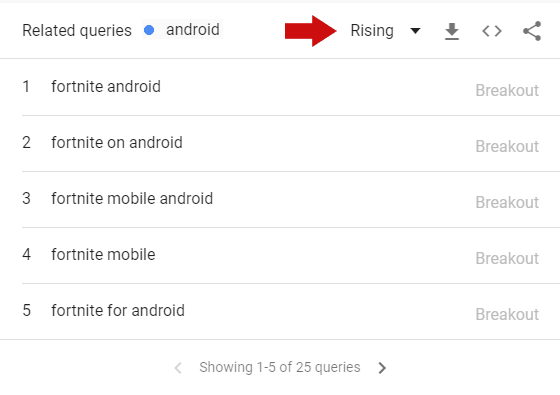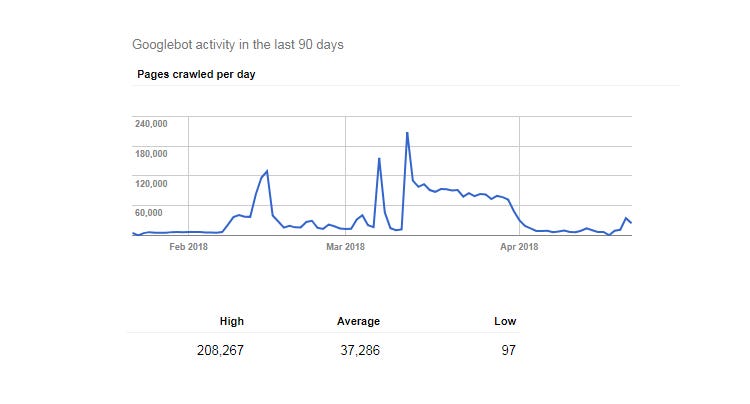Including high quality blogs and other forms of useful, interesting content is a great way to boost SEO and encourage repeat visits to a website. However, with everyone playing the same game, getting visitors flowing to a new site can still be touch and go — even if you do everything right.
Increasingly, targeted advertising on Google and social media helps bring new eyes to every lovingly crafted website, and companies relying purely on SEO struggle. The drawback is that this puts a business’ hard-earned cash straight into the pocket of the Internet giants. That’s why they’re worth billions while small businesses struggle.
There is a way, however, to get free advertising and introduce thousands of new surfers to your site: by guest blogging, you can showcase yourself — and by extension your company — and usually get a backlink to boot. This is not the game it once was, though, and you’ll need serious dedication and guts to succeed.
Is Guest Blogging Still Worth It?
Strangely, given its obvious advantages, guest blogging has gone somewhat out of fashion in recent years. This is because, like everything which works in the SEO game, it has been abused. In response to the increasingly common practice of paying popular sites to host spammy blogs laden with SEO-friendly links to a business’ site, Google decided to crack down.
In a 2014 post entitled ‘the decay and fall of guest blogging for SEO’, Google’s then head of web spam team Matt Cutts announced a major shift in approach to links gathered through such dodgy practices.
Cutts didn’t hold back on his criticism of spam guest blogging. His post started:
Okay, I’m calling it: if you’re using guest blogging as a way to gain links in 2014, you should probably stop. Why? Because over time it’s become a more and more spammy practice, and if you’re doing a lot of guest blogging then you’re hanging out with really bad company.
This now notorious post, and a subsequent warning from Google on content-syndicating practices in 2017, served to dissuade many good bloggers from guesting, while only partly deterring the spammers. Word got out that guest blogging was bad, and could actually hurt your ranking. Soon, the Internet was rife with people declaring the death of the guest post, or asking whether it was still a worthwhile practice.
The answer from experts is a resounding yes: but you have to do it right.
More Than Just SEO
Entrepreneur and online marketing expert Neil Patel says guest blogging remains the absolute best inbound marketing strategy for online businesses. Not only does it offer free advertising, he argues, but also confers authority on the writer which will be lacking if he or she only ever publishes on their own site:
Data from Social Marketing Writing found that “62.96% of people perceive blogs with multiple authors to be more credible. You want authority, qualified traffic, relevant links, motivated leads and sales in your business. Well, guest blogging can give you all of these and so much more.
But he goes on to say: “However, not all guest posts are created equal and they don’t all yield equal results. You have to go about it in the right way and you have to choose your targets carefully.
One of the reasons why some brands fail at guest blogging is because they don’t understand how to effectively produce the right content.”
The only thing about guest blogging that has really changed since Google’s crackdown is that it is no longer really a pure SEO game. For the purposes of ranking, running your own regular, prolific and reasonably high quality blog is now the better option. As for guest blogging, it is better to think of it as free advertising… only more effective.
Writing a guest blog is a chance to showcase yourself to a new audience; and to appear knowledgeable and trustworthy in your area of expertise and business. You therefore need two things: a site with a good readership, and something interesting or knowledgeable to say.
Which Sites to Guest Blog on?
Finding suitable sites to guest-post on will depend on the niche you or your client are targeting. Google’s crackdown on spam links and low-grade content has led to a number of metrics that try to rank a sites’ worthiness, such as Moz’s Domain Authority system. Partly because of this, it is fashionable at the moment to write for huge websites like Forbes or Inc whenever possible, as these boast the highest scores on these scales. However, these sites have become so large that actually getting your article noticed can be a challenge in itself, while the increasing admittance of user-generated content may eventually diminish their worth as trusted authority sites.
remember that a backlink is not just an SEO tool, potential clients may actually follow it!
Perhaps a better bet is to consider industry and trade publications that directly cater to your client base. These publications can often be easy to break into as editors are often short of good copy, and they have the advantage of being quality, human-edited publications that readers trust. Readerships may be smaller, but they are also more likely to be your clients: remember that a backlink is not just an SEO tool, potential clients may actually follow it! To approach these sites a human touch is required and you will want to contact editors personally, with an individually crafted note and even — gulp — a phone call.
Finding things to say on specialist sites can be tricky. Personally, I recommend channeling your opinions True, everyone has an opinion. But on the other hand, yours is unique. If you can pinpoint the issues which are of interest to your client base and provide an insightful angle on them based on your specific knowledge, then you should have a solid pitch to make to relevant websites in your clients’ niche. In fact, good expert comment and opinion is arguably the most high-value content in any publication.
On the other hand, the drawback of relying on opinion is that it tends to have a short shelf life. As with blogging, therefore, it may be a good idea to also write an occasional ‘how to guide’, which aims to be the definitive answer to a practical question or need which you can solve. These long-form guides are worth putting serious effort into writing, as the aim is for them to remain popular and useful for years to come — thus attracting a constant flow of traffic and attention your way.
Bear in mind that it is often best not to mention your own business at all, as this is unpopular with publishers and will cause readers to raise their ‘advertising shields’. Editors understand that you do want some payment in kind, and will usually offer a link next to your byline, or in an author bio. Content yourself with this reward, because you are getting much more besides.
They Call it ‘Thought Leadership’
Offering expert opinion and guidance takes you into the realms of what marketeers call ‘thought leadership’. Don’t let this term put you off, it is actually misleading. All it boils down to is presenting yourself as an expert in an area of interest relevant to your client base.
If that seems like it’s spiraled well beyond guest-blogging, it’s because in the old sense it has. Simply publishing text on obscure sites for the sole purpose of garnering a link is now at best useless, and possibly counterproductive.
But producing quality copy for the purposes of informing readers and showcasing yourself is as useful as ever. The best guest bloggers always understood this, and were effectively practicing thought leadership without having necessarily heard the term. They simply understood that having relevant people know their name was even better than a backlink.
Feature Image Credit: via Depositphotos.
Dominic Jeff is a journalist and copywriter who has worked on The Scotsman, Scotland on Sunday and the Plymouth Herald. Since leaving the newspaper industry in 2015, he has worked closely with award-winning PR agencies and ambitious early-stage companies to produce great websites, exciting press releases, and closely-followed blog series. His own writing can be seen at www.dominicjeff.co.uk More articles by Dominic Jeff


























